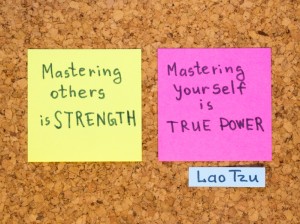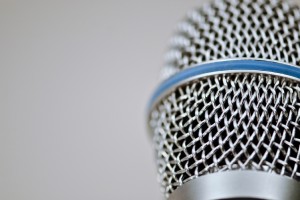Last week, I gave you some theory and hints from speech and communication studies, that would help you navigate through the process of preparing what you will say when preparing a presentation; as promised, this week, I will introduce you to a mindful way to present and speak.
Let me begin with a quote from Artur Schnabel, an Austrian classical pianist 1882-1952:
“The notes I handle no better than many pianists. But the pauses between the notes–ah, that is where the art resides!”
Did you know that in the act of presenting, speaking publicly, teaching etc., there is significantly more occurring than the presentation and/or exchange of conceptual information? Behind and alongside the conceptual information we give out, a large body of non-verbal and paraverbal (tone of voice, how we say things) information is being exchanged.
Many of these processes are happening unconsciously, meaning that people involved don’t immediately notice that they are affected.
Example: You certainly know the feeling when you meet somebody for the first time and you somehow sense that you are not feeling comfortable.
Scientifically we would speak of:
Unconsciously mimicking the facial expressions, vocal expressions, postures, and instrumental behaviors of those around us, and thereby “catching” others’ emotions as a consequence of such facial, vocal, and postural mimicking.
And
A small circuit of cells in the premotor cortex and inferior parietal cortex which are activated both when we perform a certain action and when we observe someone else performing that same action. In other words, they collapse the distinction between seeing and doing.
Examples: You are watching a race, and you feel your own heart racing with excitement as the runners vie to cross the finish line first. Or you see a woman sniff some unfamiliar food and wrinkle her nose in disgust. Suddenly, your own stomach turns at the thought of the meal.
Thus: if you can manage to facilitate a field of belonging for your audience by connecting to them, you bring out the best in them and the best in yourself!
The trick is to learn to be with a group of any size one person at a time by connecting to your listener, allowing yourself to pause between sentences, breathe between thoughts and come to a full stop after big ideas.
You are in fact not screening your audience from left to right etc. as many people do but focusing on one person you feel is receptive to you, only some moments, and then move on to the next etc. Your audience will feel engaged and touched by what you have to say as you engage with them PERSONALLY.
Does this sound interesting and intriguing to you? Contact me to find out more and start to connect with your audiences in a mindful way TODAY!
Enjoy your summer (at least in this hemisphere) and hopefully some time off!
Jenny


